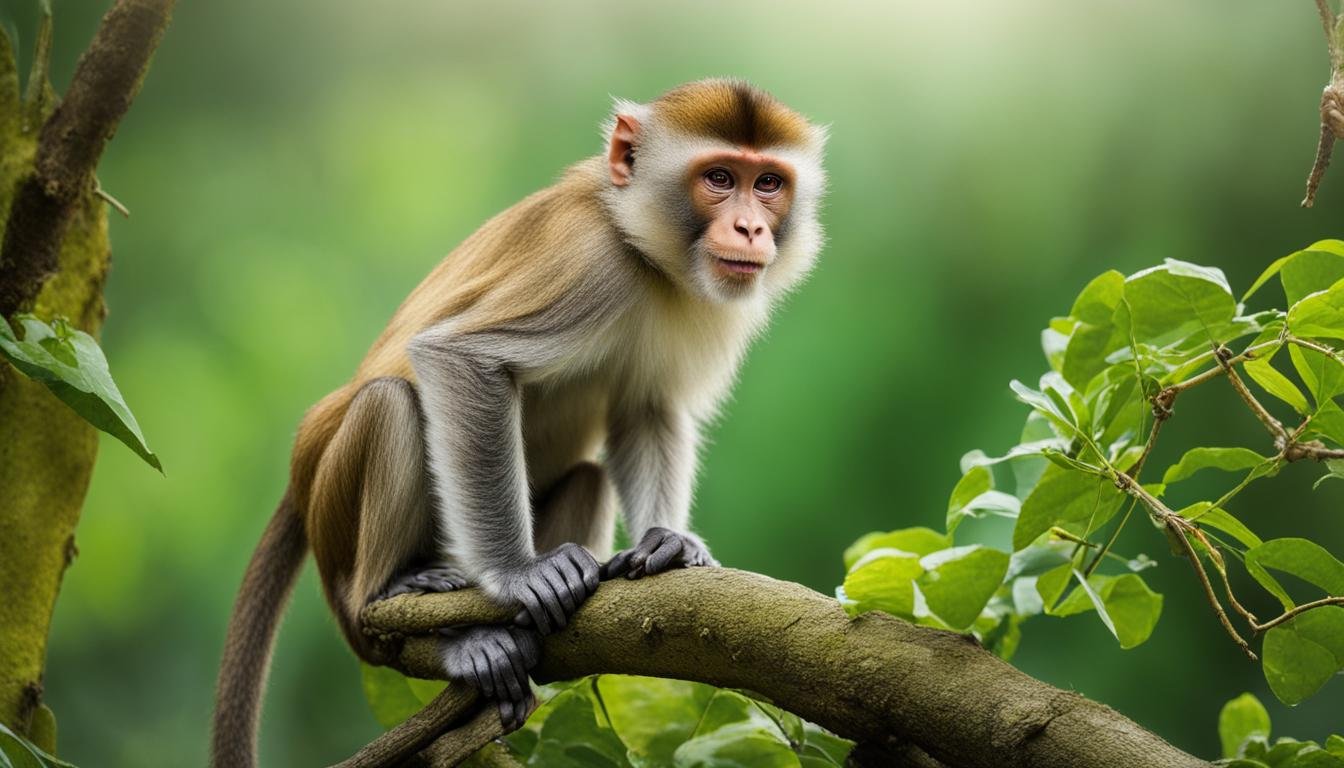15 Facts About Monkeys That Will Fascinate You
Join us on an exploration into the vibrant and diverse world of monkeys, an order of mammals known for their intelligence, social complexity, and playful behaviors.
From the treetops of tropical rainforests to the arid landscapes of savannas, monkeys have adapted to a wide array of environments.
We will share some fascinating facts about monkeys, these agile and sociable creatures, shedding light on their evolutionary history, intricate societies, and unique adaptations.
Monkey Quiz
How well do you know monkeys? Test your knowledge below!

1. Primate Evolution
Monkeys are part of the primate order, which also includes apes and humans. Their evolutionary journey spans millions of years, showcasing adaptations that have led to the diversity of monkeys seen today.
2. Arboreal Acrobats
Most monkeys are skilled climbers, utilizing their prehensile tails and dexterous hands to navigate the complex environments of treetops. This arboreal lifestyle provides them with safety from predators and easy access to food sources.
3. Social Structures
Monkeys are highly social animals, forming complex societies with intricate social structures. These societies often include hierarchical arrangements, grooming rituals, and cooperative behaviors that contribute to their survival in the wild.
4. Varied Diets
Monkeys are omnivores with diverse diets. While some species primarily consume fruits and leaves, others incorporate insects, small animals, and even bird eggs into their meals. This adaptability allows them to thrive in various ecosystems.
5. Communication Styles
Monkeys communicate using a range of vocalizations, facial expressions, and body language. These forms of communication play essential roles in maintaining social bonds, alerting others to danger, and coordinating group activities.
6. Tail Tales
While not all monkeys have prehensile tails, many possess tails that serve multiple functions. Tails aid in balance during locomotion, act as a tool for grabbing objects, and can be used in communication, emphasizing the versatility of this appendage.
7. Tool Use
Some monkey species exhibit tool use, showcasing problem-solving abilities. Capuchin monkeys, for example, use sticks to extract insects from tree bark, demonstrating a level of cognitive flexibility and innovation.
8. Maternal Care
Monkeys display strong maternal instincts, with mothers providing extensive care for their offspring. The duration of infant dependency varies among species, ranging from several months to a few years, depending on the monkey’s developmental needs.
9. Cultural Behaviors
Certain monkey populations exhibit cultural behaviors, where specific behaviors are passed down through generations. This cultural transmission includes grooming rituals, foraging techniques, and vocalizations that distinguish different monkey communities.
10. Playful Antics
Monkeys are known for their playful behavior, engaging in activities such as chasing, wrestling, and swinging from branches. Play serves essential roles in their cognitive development, social bonding, and the honing of skills necessary for survival.
11. Facial Expressions
Monkeys display a rich array of facial expressions that convey emotions, intentions, and social cues. Observing their facial expressions provides valuable insights into their social dynamics and individual moods.
12. Longevity and Lifespan
The lifespan of monkeys varies across species, with some living up to 25 years or more in captivity. Factors such as diet, environmental conditions, and predation risks influence their longevity in the wild.
13. Vocal Repertoire
Monkeys have a diverse vocal repertoire that includes calls for different purposes, such as warning of predators, expressing distress, or signaling the location of food. Each species has a unique set of vocalizations that contributes to their communication strategies.
14. Threats and Conservation
Monkeys face numerous threats, including habitat loss, deforestation, and illegal wildlife trade. Conservation efforts are vital to protect these primates and their habitats, ensuring the continued survival of diverse monkey species around the globe.
15. Human-Monkey Interactions
The close genetic relationship between humans and monkeys has led to intricate interactions. Monkeys are revered in many cultures, symbolizing intelligence, agility, and sometimes mischief. However, human activities also pose challenges to their well-being, emphasizing the importance of responsible conservation practices and coexistence.







